Mohammad Javad Rezaie, Head of Iran’s Saffron Exports Development Fund evaluated the current saffron market as ‘satisfactory’ and estimated its worth at $2000 per kilo; “this shows that considering the increase in saffron production in the country, the sales figures are satisfactory both in domestic and foreign markets,” he said.
“Following the implementation of the nuclear deal between Iran and the 5+1, certain European countries such as Spain expressed their interest in purchasing Iranian saffron directly,” he said.
Rezaei explained that with the sanctions having been in place for years, the export of saffron to European countries had faced a lot of limitation and went through a drastic decline, since the banking sanctions posed many difficulties for the money transfer.
“The US has called for buying Iran’s saffron and the first 20kg shipment of saffron will be soon ready for export after 15 years,” said Rezaei, adding the shipment is expected to be sent by next week.
“During the sanctions period, certain countries such as the UAE and even Spain played middleman for Iran’s ‘red gold’ market and bought this valuable product from Iran and exported it to global markets in their own packaging and brand,” he said.
According to Rezaei, Iran’s direct saffron export to European countries can flourish Iranian saffron market by 40 percent.
Iran is the world’s largest producer and exporter of saffron, the most expensive and most-sought after spice in the world, which is used to flavor food and pastries, with further application in medicine and cosmetics. First harvest of the reddish, aromatic plant dates back to 3,000 years ago in Iran.
With a monopoly over more than 90% of saffron output, Iran exports to more than 50 countries across the world. Iran’s saffron is globally known for its matchless quality, fascinating fragrance, pleasant flavor, and superb coloring strength.
MS










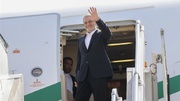


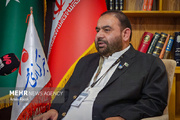

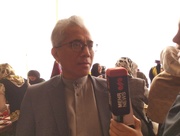




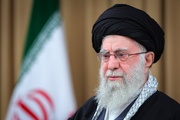


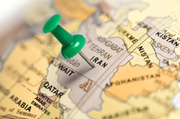
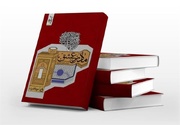
Your Comment